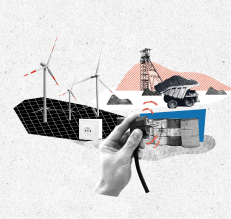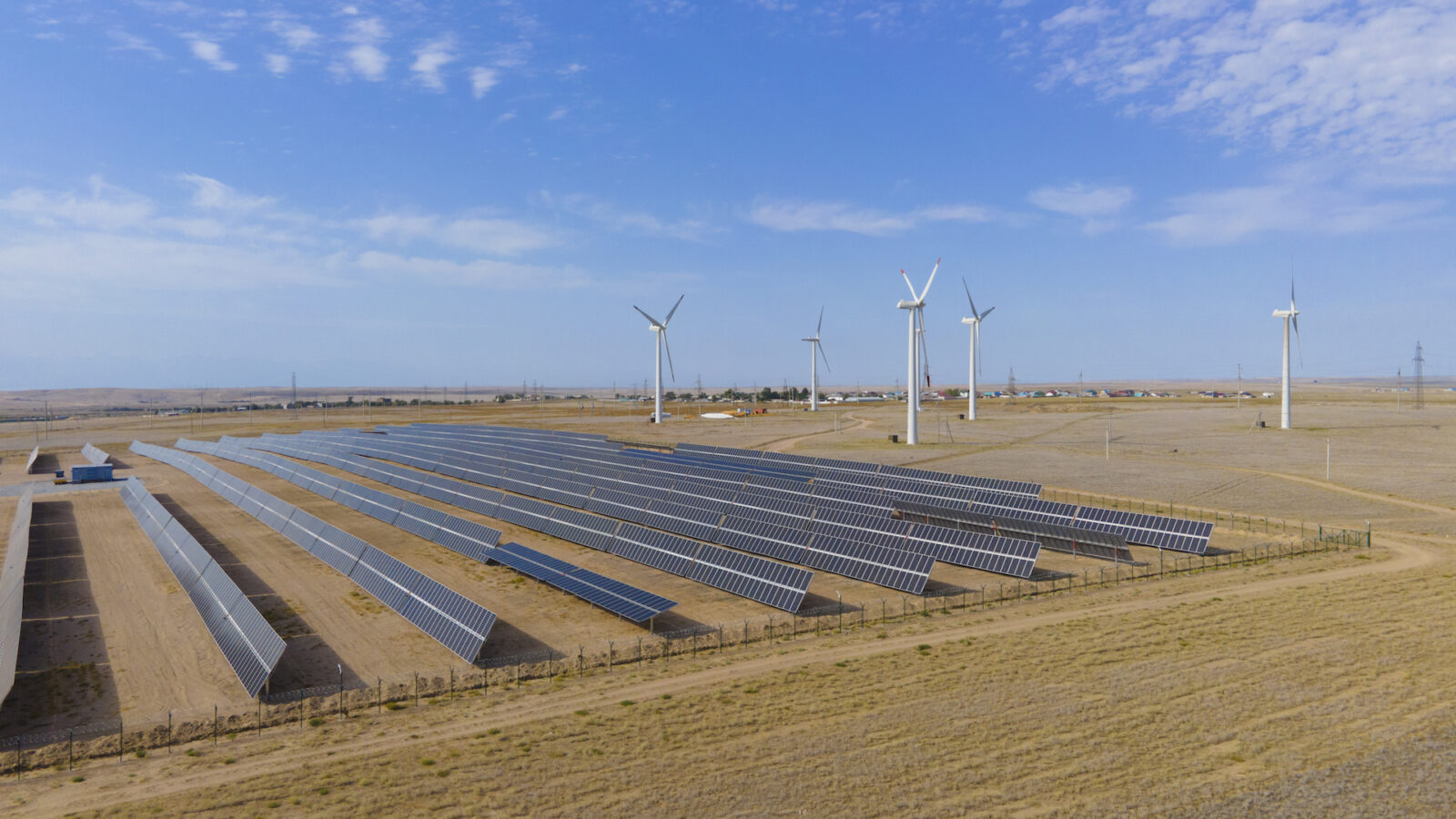Post-Soviet countries have embraced the energy transition discourse, but how well did they perform so far? And what policy lessons can be learnt from their experiences? This report provides an overview of the status of non-conventional renewable energy sources (such as geothermal, wind, solar, biomass and small hydroelectric plants (IEA/IRENA 2019)), renewable energy targets and legal and regulatory frameworks adopted in four post-Soviet countries: Azerbaijan, Kazakhstan, Kyrgyzstan, and Ukraine. In addition, the report identifies gaps in state support and promotion of renewable energy projects in each individual country and offers some policy suggestions.
Key findings and policy recommendations can be summarized as follows:
- Structural Barriers: Persistence of legacy infrastructure inherited from the Soviet era will likely continue. Examples include coal-fired thermal plants in Kazakhstan and Ukraine, natural gas-based electricity generating plants in Azerbaijan and Kazakhstan. Change is difficult due to a considerable sunk cost in the inherited infrastructure and fossil fuel-linked vested interests seeking to maintain the status quo.
- Outlook: The phasing out of conventional energy sources and their replacement with non-conventional renewables is going to be prolonged process. As elsewhere in the world, a radical transition to non-conventional renewables is unlikely. Renewables will be introduced incrementally.
- Hydro: Most renewable gains come from hydropower. While hydro is carbon neutral, large hydroelectric plants in Kyrgyzstan require huge capital investment for renovation. Large hydro also has negative environmental impacts.
- Policy Support Schemes: The four countries use different policy support schemes for non-hydro renewables: Feed-in tariffs (Kazakhstan and Ukraine), auctions (Kazakhstan), and public investments (notably Azerbaijan and Kazakhstan), and none of these (Kyrgyzstan). Ukraine is so far a leading country on the share of non-hydro renewables (wind and solar generated some 6.6% of total electricity in 2020), and it is also one of the earlier adopters of renewable technology and has an elaborate legislative framework. This indicates some positive link between the quality of a country’s legislative framework, on one hand, and the pace and extent of its renewable expansion, on the other.
- Implementation Gaps: In all four cases (except for Ukraine), significant gaps (and lags) are observed between the approval of renewable laws and their realization in practice. Implementation of a new rule or regulation is often delayed (Azerbaijan, Kazakhstan) or is not followed through at all (as in Kyrgyzstan).
- State Intervention: As Ukraine’s relatively more successful case demonstrates, creating a favorable enabling environment for private renewable companies is more effective and efficient than excessive state intervention, an approach favored by Azerbaijan. The role of the state needs to be limited to setting clear rules and offering policy support.
- Quality of Governance: In Ukraine, EU integration-driven deeper energy sector reform contributed to better governance of its power sector. In both Azerbaijan and Kazakhstan, weaker accountability and oversight mechanisms in policy implementation raise the risks of corruption. A stronger engagement of civil society groups can address some of the accountability issues.
- Just Transition: Countries planning to phase out coal (e.g. Ukraine) need to address social justice issues concerning loss of jobs for mining sector employees and other impacts. Here too civil society organizations can play a more active role.











